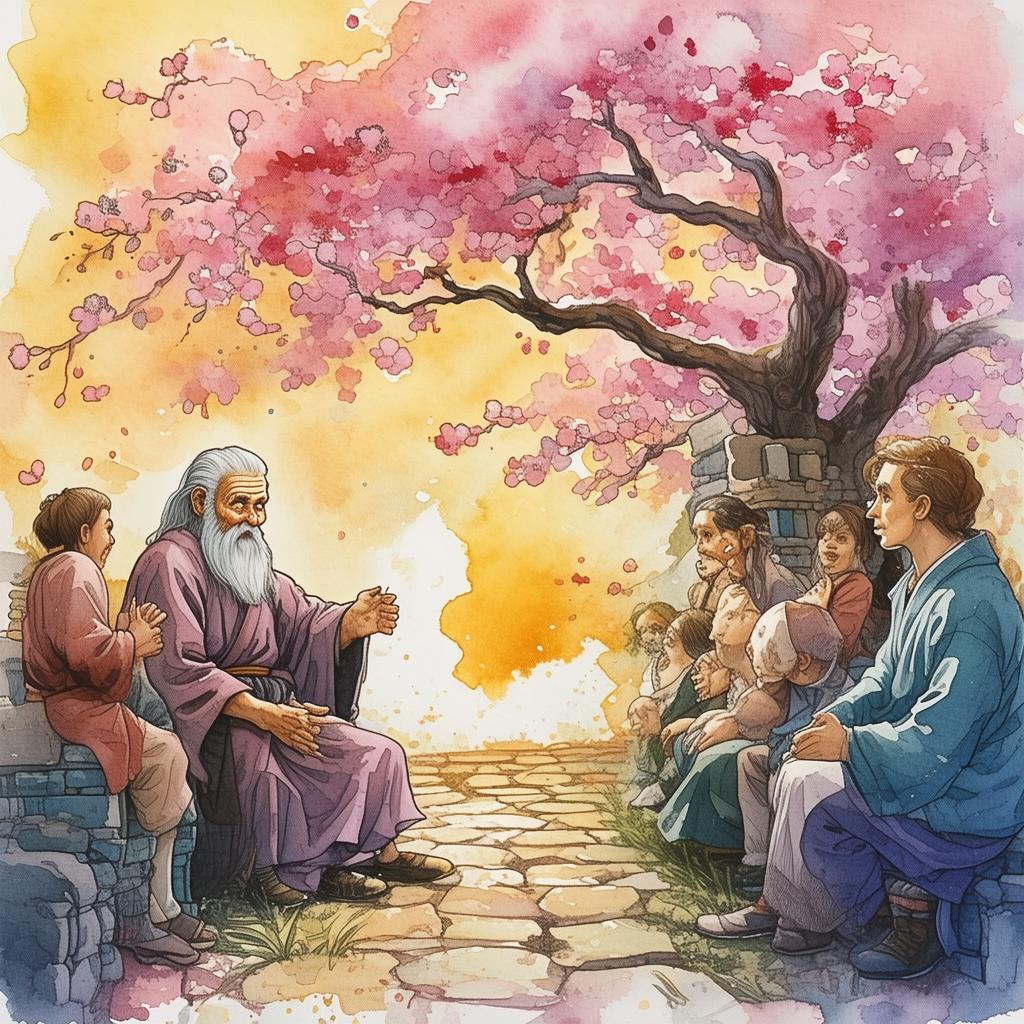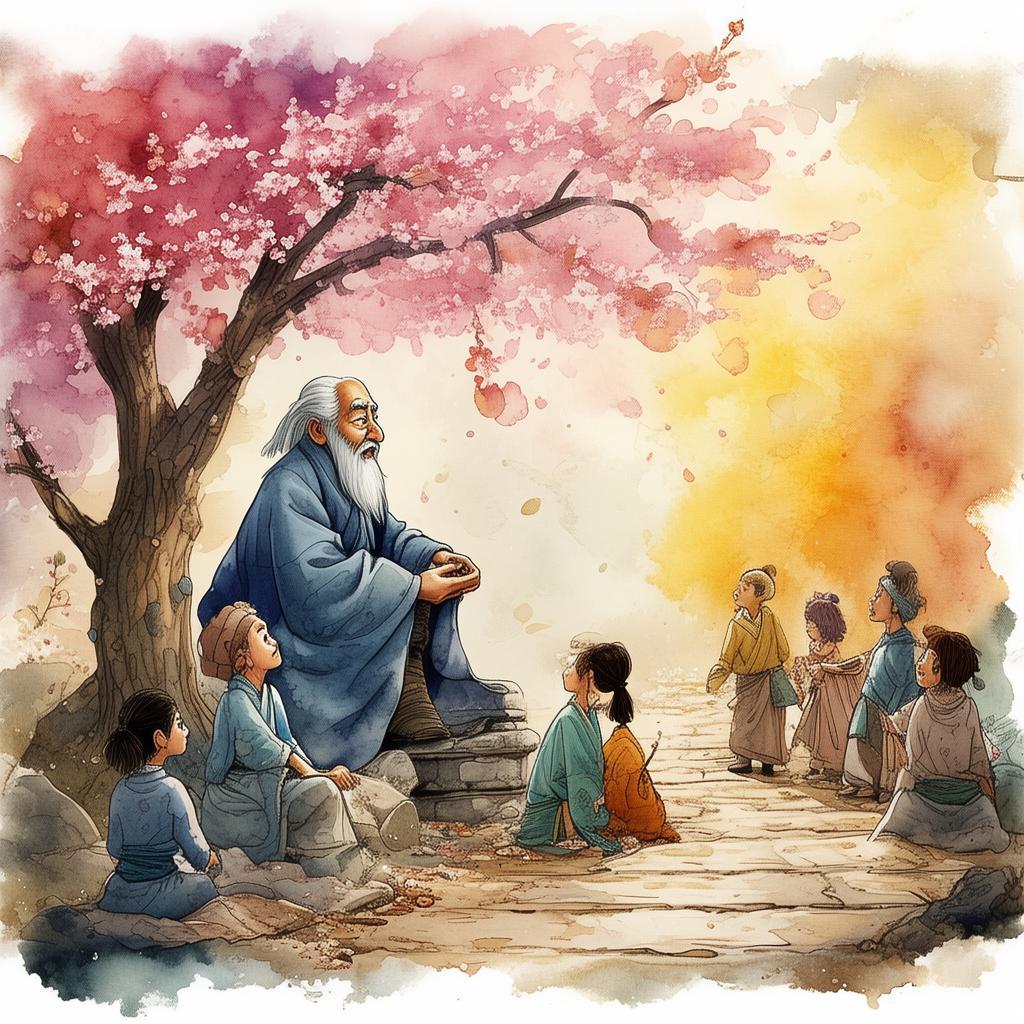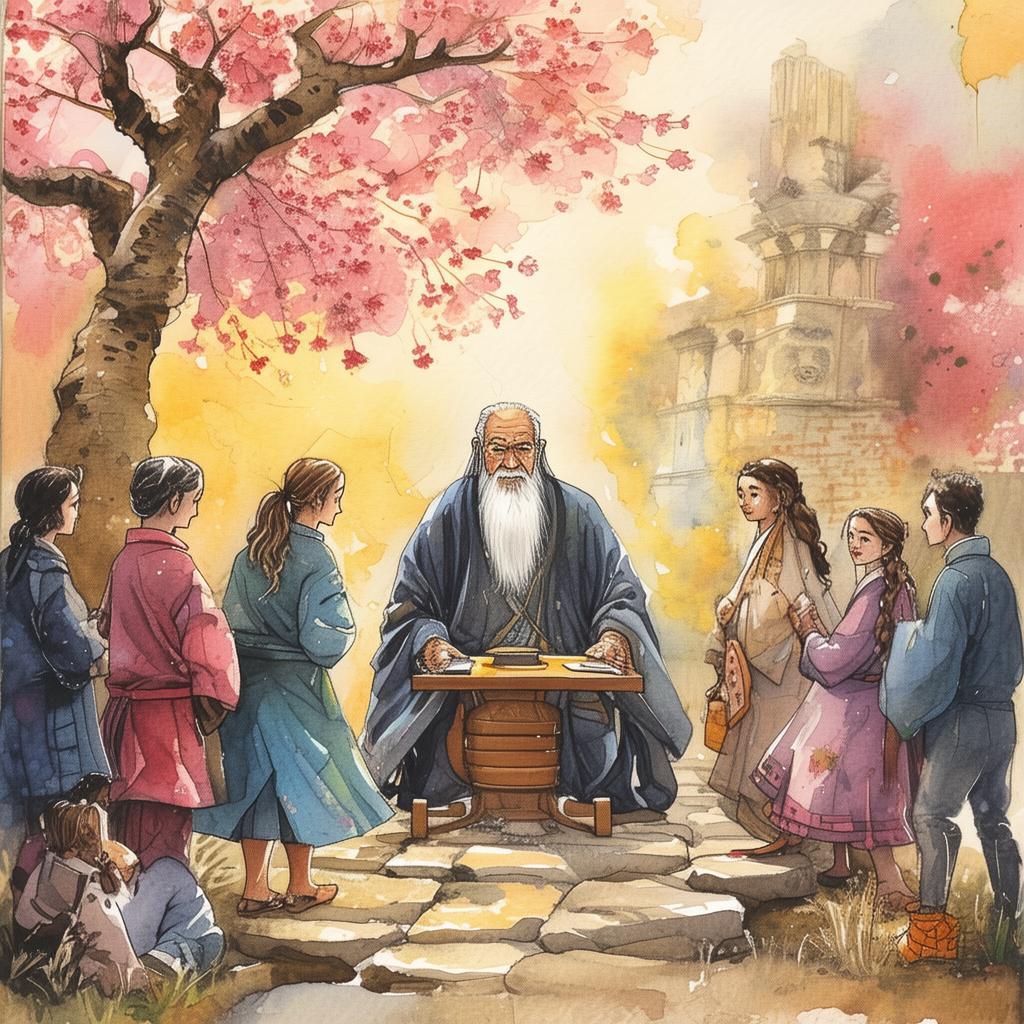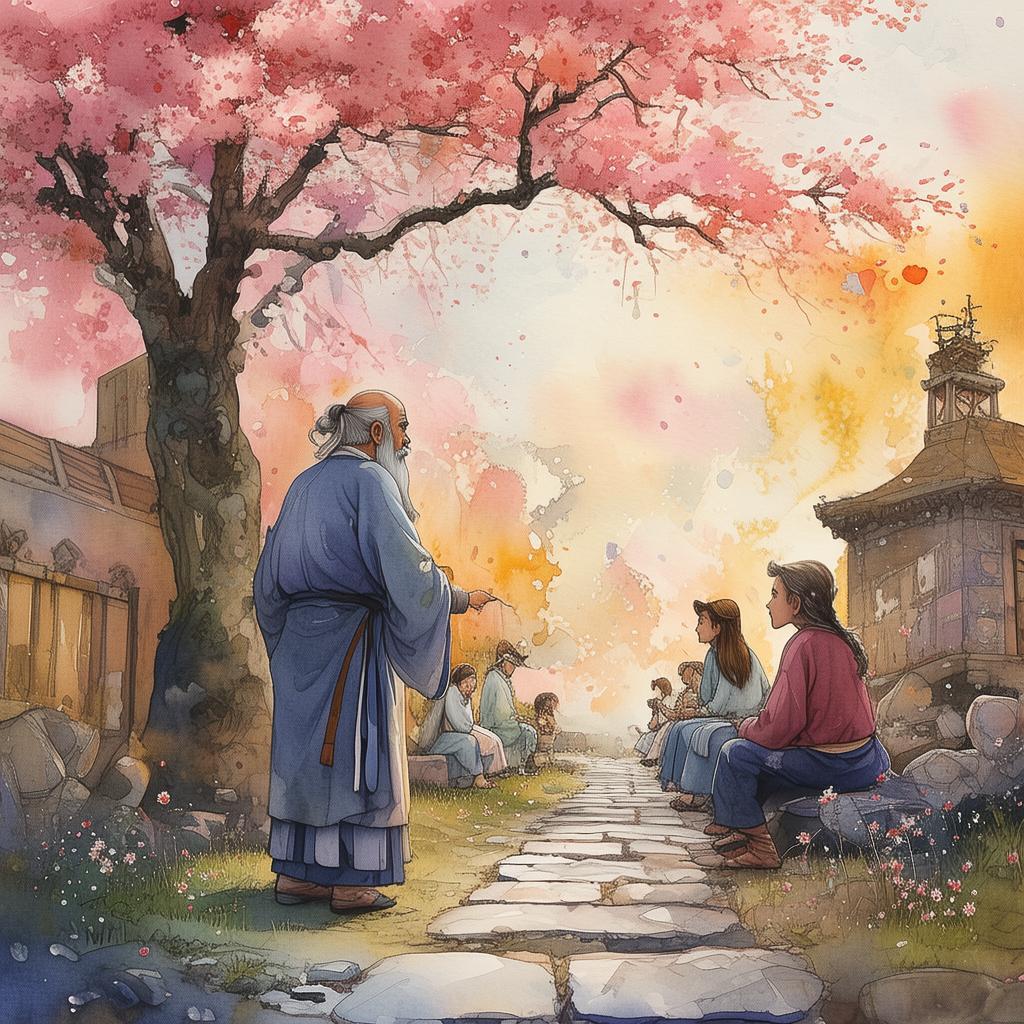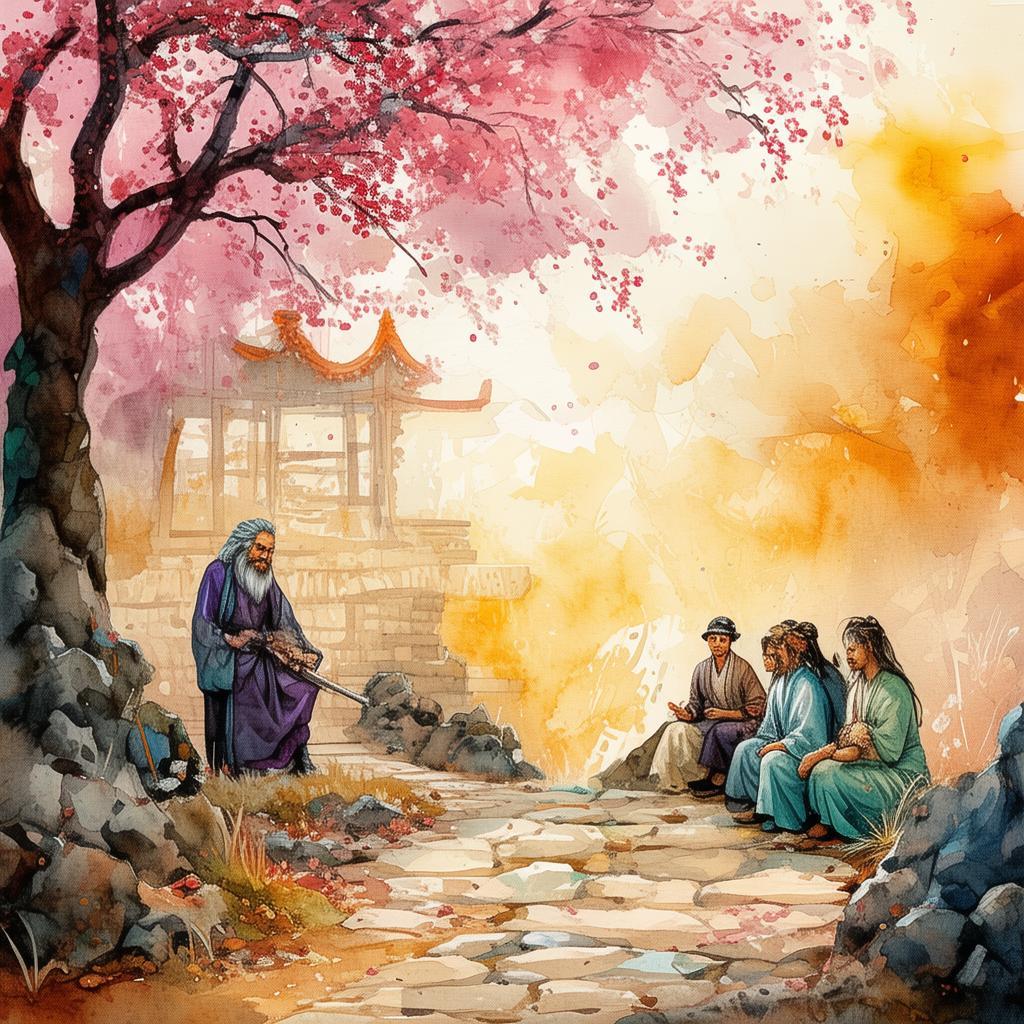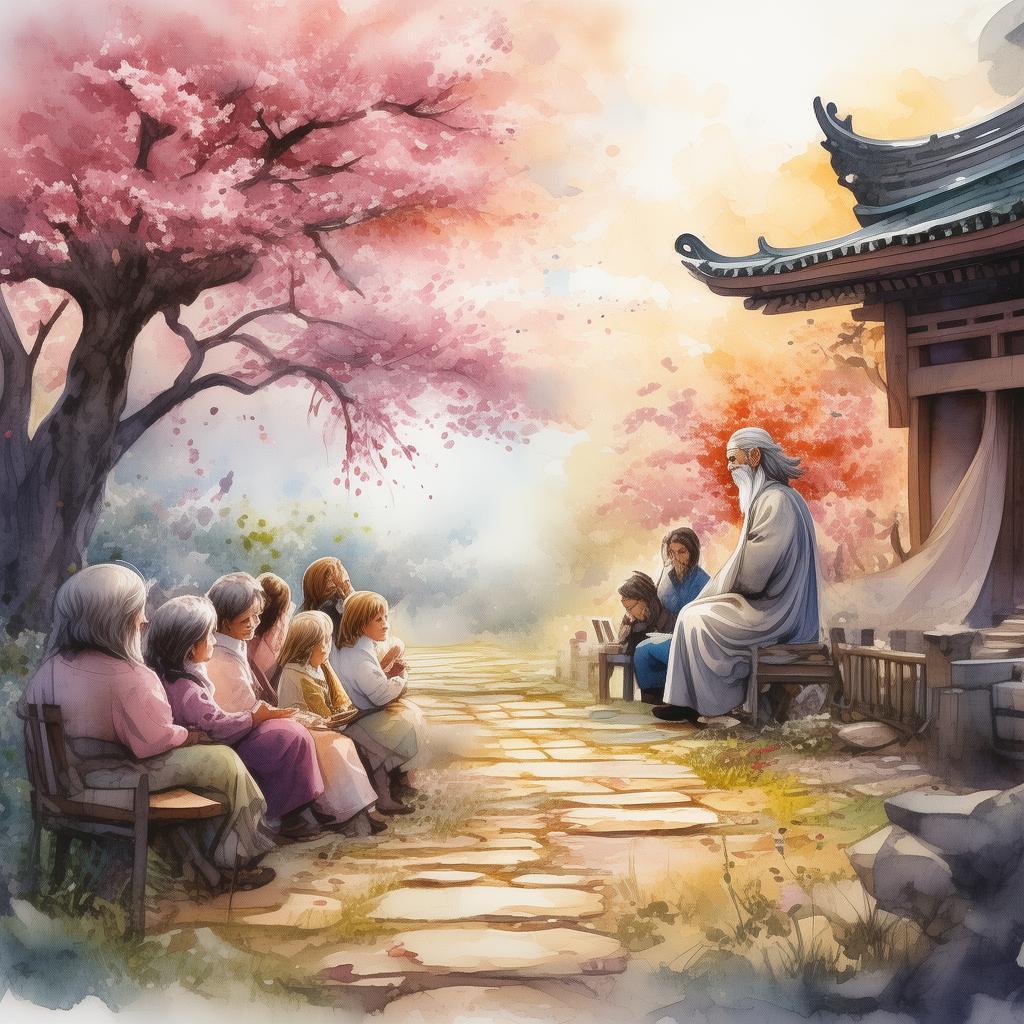The Labyrinthine Lament of the Lonesome Monk
In the heart of the ancient, labyrinthine forest, there stood an ancient temple, shrouded in mist and whispered about in hushed tones. This was the sanctuary of the Lonesome Monk, a solitary figure whose life was a series of chants and laments that echoed through the night. The Monk had spent his days in meditative seclusion, his mind a sea of silent prayers and a heart burdened by a melody that seemed to be a part of his very soul.
The tale of the Monk began long ago, during a time when the forest was a haven for those who sought refuge from the chaos of the world. The Monk, in his youth, was a wanderer who stumbled upon the temple while on a journey. Captivated by the haunting melodies that seemed to emanate from the very walls, he decided to stay, to uncover the source of such ethereal beauty.
As the years passed, the Monk learned the art of creating music that was not only melodious but also a reflection of the world around him. His laments were not just the expression of his sorrow but the echoes of the natural world's own griefs and joys. The melodies that he produced were so unique that they were often referred to as "The Melodious Misfits of the Mumbling Monk."
One fateful evening, as the stars began to twinkle above, the Monk was sitting by the temple's altar, his eyes closed, his fingers gently touching the strings of his lute. In that moment, the melody that had been haunting him for years returned with a force that was almost palpable. It was a melody that he had created in his youth, a song of unrequited love that had become a part of him, a piece of his identity that he had tried to suppress.
As the melody filled the temple, the Monk felt a surge of emotion that he had not experienced in decades. He realized that the song was more than just a reflection of his past—it was the key to unlocking a labyrinth of memories and emotions that he had long locked away.
Determined to uncover the reason behind the melody's resurgence, the Monk decided to venture into the labyrinthine forest surrounding the temple. It was a place he had never dared to enter, a place that was said to be a maze of illusions and a refuge for those who were lost to time.
As he ventured deeper into the forest, the Monk encountered creatures both mystical and menacing, each one a representation of the trials and tribulations he had faced in his life. Each encounter was a test of his resolve, a challenge to his understanding of the world and his own place within it.
One creature, a wise old owl with eyes that seemed to pierce the Monk's soul, spoke to him in riddles and allegories. "You seek the melody that haunts you, but the melody seeks you as well," it hooted. "The labyrinth is a reflection of your own mind, and only by confronting your innermost fears can you find the peace you seek."
The Monk pressed on, his resolve unshaken. He faced the labyrinth's illusions, which took the form of his own memories and regrets. Each illusion was a step closer to the heart of the maze, and each step brought him closer to understanding the reason behind the haunting melody.
Finally, he reached the heart of the labyrinth, a clearing bathed in moonlight. There, standing before him, was a statue of a young woman, her eyes gazing longingly into the distance. This was the woman from the melody, the one he had loved and lost. As he approached the statue, the melody swelled once more, its notes resonating with the very stones of the clearing.
The Monk realized that the melody was a lament not just for the woman he loved but for the path he had chosen—a path of solitude and self-imposed seclusion. It was a lament for the life he had forsaken and the one he could have had.
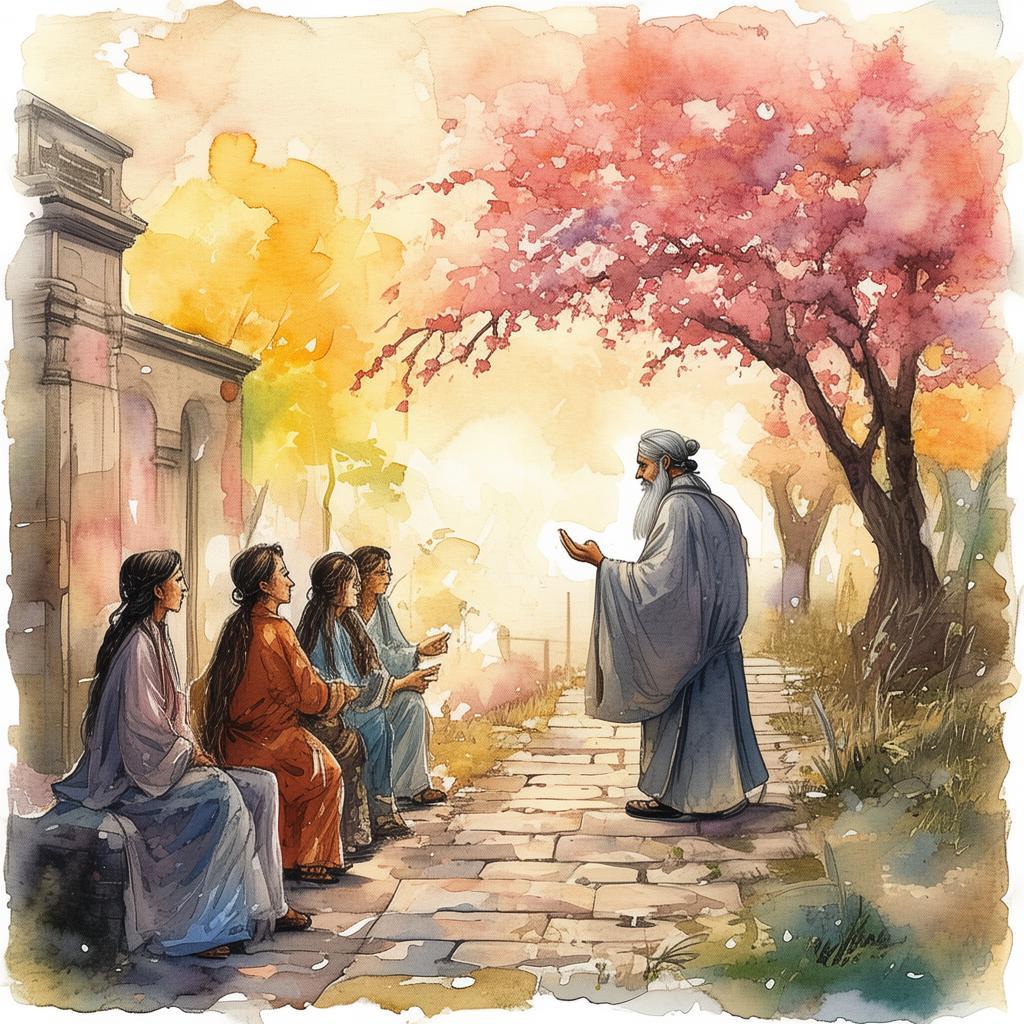
With a newfound clarity, the Monk reached out and touched the statue's hand. In that instant, the melody was complete, and he felt a sense of peace that he had not known in years. The labyrinth around him began to collapse, and he knew that he had found the path back to the world, carrying with him the lessons he had learned and the melody that had guided him.
The Monk returned to the temple, his heart no longer burdened by the lament. He realized that the melody was not just a part of his past; it was a reminder of the beauty of life, the love that had once filled his heart, and the possibilities that lay ahead.
From that day on, the Monk's laments took on a new depth, reflecting not only his personal journey but also the journey of those who sought refuge in the temple. His melodies became a beacon of hope for those who had lost their way, a reminder that even in the darkest of times, there is always a melody waiting to be heard, a path waiting to be walked, and a love waiting to be found.
✨ Original Statement ✨
All articles published on this website (including but not limited to text, images, videos, and other content) are original or authorized for reposting and are protected by relevant laws. Without the explicit written permission of this website, no individual or organization may copy, modify, repost, or use the content for commercial purposes.
If you need to quote or cooperate, please contact this site for authorization. We reserve the right to pursue legal responsibility for any unauthorized use.
Hereby declared.
